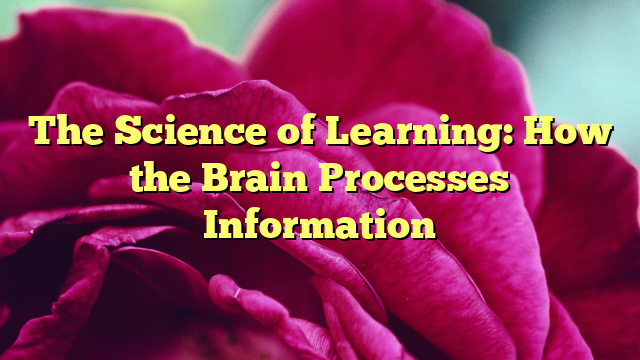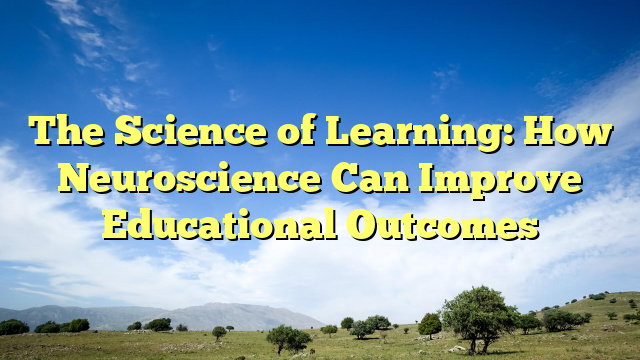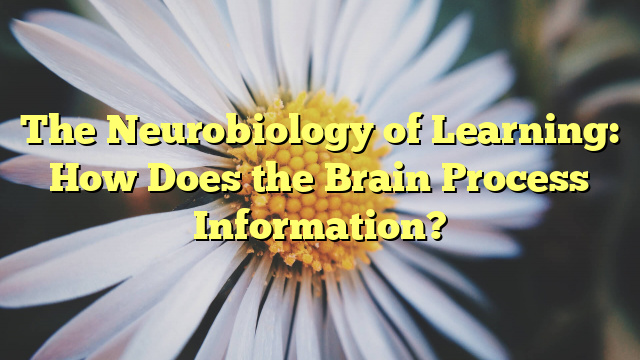Learning is a complex process that involves the brain’s ability to take in information, process it, and store it for later use. Understanding how the brain processes information can help improve learning outcomes and enhance educational practices. In this article, we will explore the science behind how the brain learns and retains new information.
The Brain and Learning
The brain is a highly complex organ that is responsible for all of the body's functions, including learning. When we learn something new, our brain creates new neural connections, which are pathways that allow information to be transmitted between neurons. These connections are strengthened through repetition and practice, leading to long-term memory storage.
There are various regions of the brain that play crucial roles in the learning process. The hippocampus, for example, is responsible for forming new memories, while the prefrontal cortex is involved in decision-making and problem-solving. These regions work together to process and store information in a way that allows us to retrieve it later on.
Information Processing
When we encounter new information, our brain goes through several stages of processing. The first stage is encoding, where the information is received and transformed into a form that can be stored in memory. This process involves paying attention to the information and organizing it in a way that makes sense to us.
Next, the information is stored in short-term memory, where it is temporarily retained for immediate use. If we continue to rehearse the information or connect it to existing knowledge, it may be transferred to long-term memory for more permanent storage.
Retrieval is the final stage of information processing, where we recall stored information when needed. This process involves activating the neural connections that were formed when the information was first encoded and stored.
Enhancing Learning
There are several strategies that can help enhance the brain’s ability to learn and retain information. One effective method is spaced repetition, which involves reviewing information at regular intervals to strengthen memory storage. Another strategy is to engage in active learning, where learners participate in hands-on activities or discussions to deepen their understanding of the material.
Visual aids, such as diagrams and charts, can also help enhance learning by presenting information in a more engaging and memorable way. Additionally, getting enough sleep, exercise, and nutrition are important factors that can support the brain’s ability to learn and retain new information.
Conclusion
Learning is a complex process that involves the brain’s ability to process and store information for later use. By understanding how the brain learns, educators and learners alike can improve learning outcomes and enhance educational practices. By utilizing effective strategies and maintaining a healthy lifestyle, we can optimize the brain’s ability to learn and retain new information.
FAQs
Q: How can I improve my memory and retention of information?
A: By engaging in strategies such as spaced repetition, active learning, and getting enough sleep, exercise, and nutrition, you can enhance your brain’s ability to learn and retain new information.
Q: What role does the hippocampus play in the learning process?
A: The hippocampus is responsible for forming new memories and is involved in the encoding and retrieval of information.
Q: How can visual aids help enhance learning?
A: Visual aids, such as diagrams and charts, can present information in a more engaging and memorable way, helping to improve retention and understanding of the material.
Unlock Your Mental Potential



